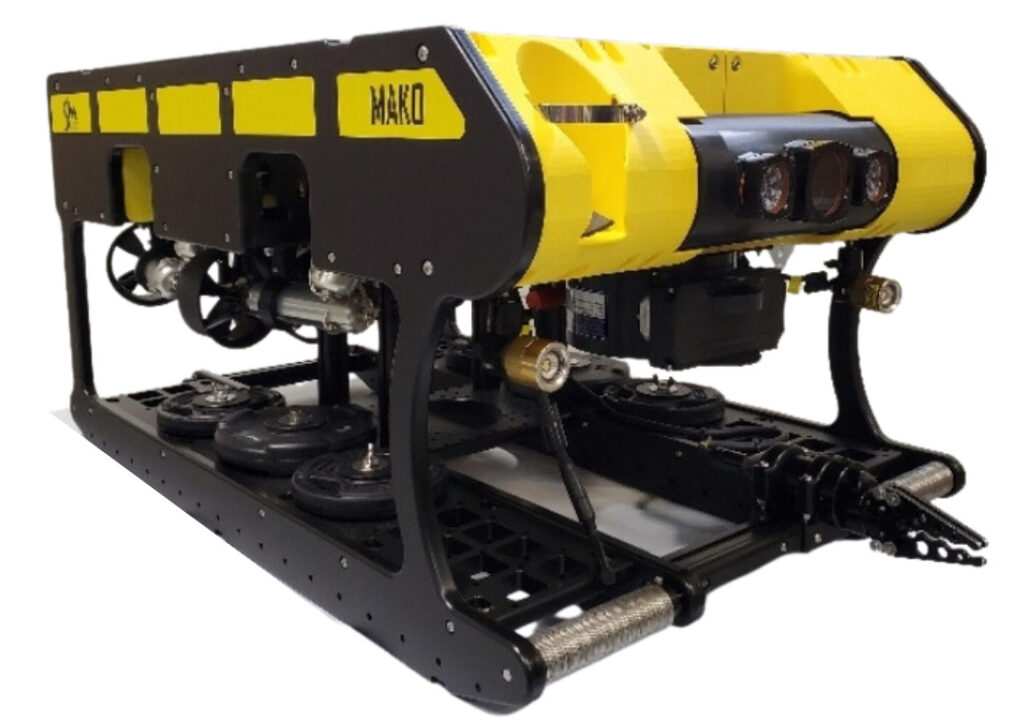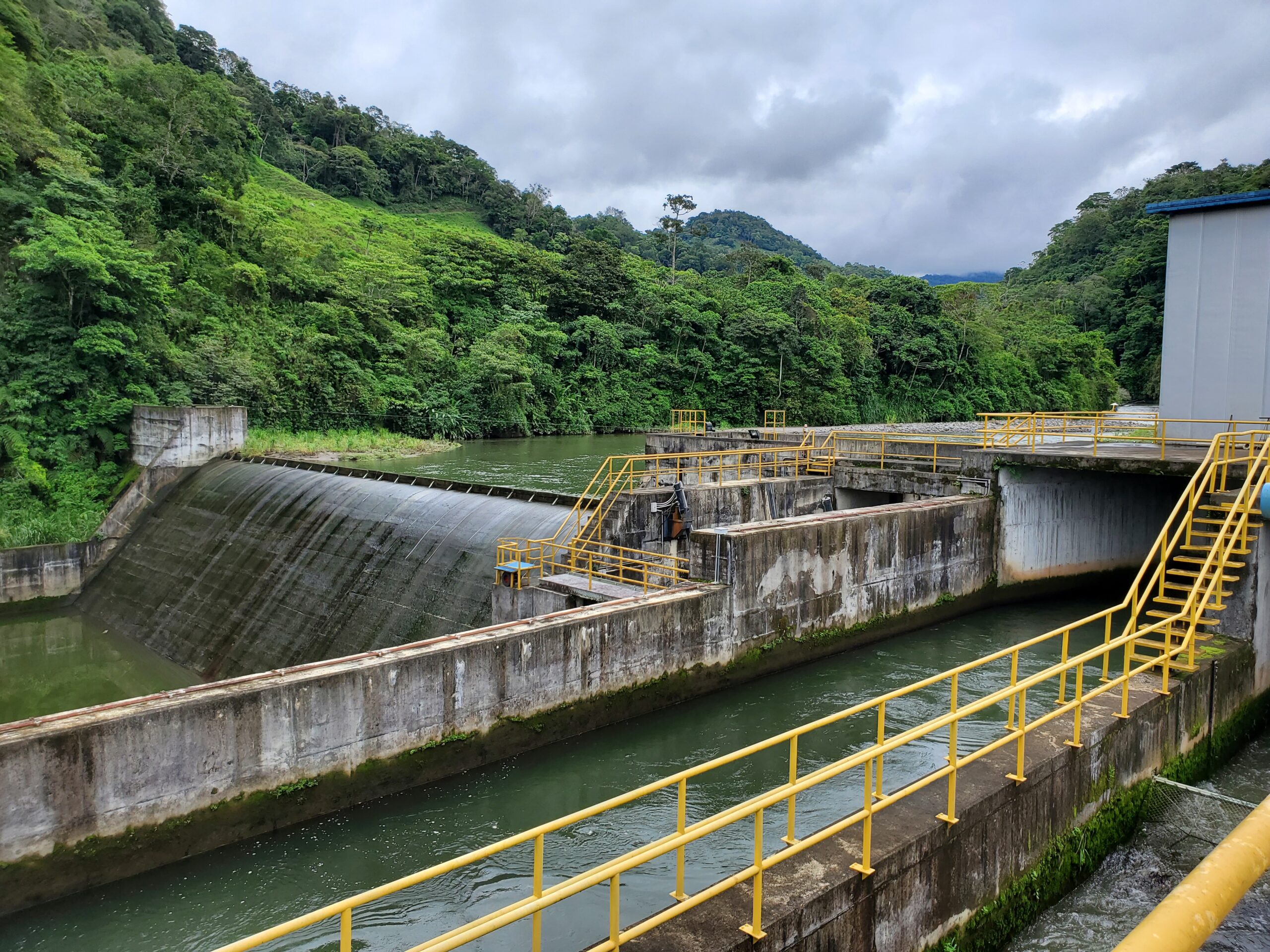Remotely operated vehicles are being used in the renewable energy industry in a variety of ways. Primarily, ROVs are active in the development, construction, and maintenance of offshore wind farms, tidal energy facilities, hydro dams, and other offshore projects.
Summary of take-aways
- You need a reliable ROV that can withstand some current. Like our Chinook.
- ROVs can save you time and money when you pick the right ones. Be sure to speak to your dealership or manufacturer before buying your ROV. They can help you narrow down what you need so you can avoid spending more for less value. Get in touch with us for the best deals.
- SEAMOR ROVs are perfect for carrying mid-sized robotic arms, power-cleaning brushes, and instrumentation for concrete inspection and strength testing. All of which are crucial elements for offshore projects.
Wind Farms
One of the earliest uses of ROVs in the renewable energy industry was in the development of offshore wind farms. In the early 2000s ROVs became a common asset in the renewables industry. ROVs survey and map the seafloor and to install and maintain the turbines and other equipment used in these facilities. They can perform maintenance tasks, such as lubrication and tightening bolts, without putting human workers in hazardous environments.
SEAMOR ROVs are uniquely qualified for work in the dynamic environment of renewables. Our use of hypermodularity in our designs allows our ROVs to carry several tools at the same time. We’ve been told our ROVs are reliable pickup trucks that get the job done. The SEAMOR marine auxiliary camera, our gripper hook and sturdy lights make our designs like the Chinook and Mako a perfect fit for inspection and minor repairs on renewable energy farms.
Specifically, our new inspection-class Mako 2023 ROV is perfectly suited to support offshore projects. It can carry larger instrumentation payloads (18 kg baseline with upgrade to 23 kg). The Mako has four counter-rotating thruster pairs to optimize maneuverability. Besides, the Mako has multiple tethering configurations to suit all your deployment needs. This new model finds itself a size up from smaller inspection-class ROVs but with the workability of some work-class ROVs.

Offshore Projects
In the tidal energy industry, ROVs have been used to survey and map the seafloor around potential tidal energy sites, and to install and maintain the underwater turbines that generate electricity from the motion of tides. They are also used for monitoring the turbines to detect and diagnose problems as well as measure the energy production.
The surveys required for renewable energy facilities are similar to those done in the oil and gas industry. They’re even similar to those carried out by marine scientists to study the ocean floor. The SEAMOR Chinooks have had their fair share of experience in this field! Check out some of the surveys carried out by our ROVs here and here.
In short, ROVs are a must
In the future, ROVs are expected to continue to play an important role in the renewable energy industry. Particularly, as more and more offshore wind and tidal energy facilities are built. Advances in technology will allow ROVs to operate in deeper waters and harsher environments. This will help to make these facilities more efficient and cost-effective. Additionally, ROVs can be outfitted with new sensors and monitoring equipment that will allow for more detailed and accurate data collection. SEAMOR ROVs are made to be flexible and carry your tools to where they need to be.
Overall, ROVs are vital in the renewable energy industry, helping developers and operators to survey potential sites, install, maintain and monitor the turbines and facilities, and allowing for more efficient and reliable renewable energy generation. ROVs provide a cost-effective solution for surveying and monitoring of the facilities, rather than using costly and dangerous manned operations.

